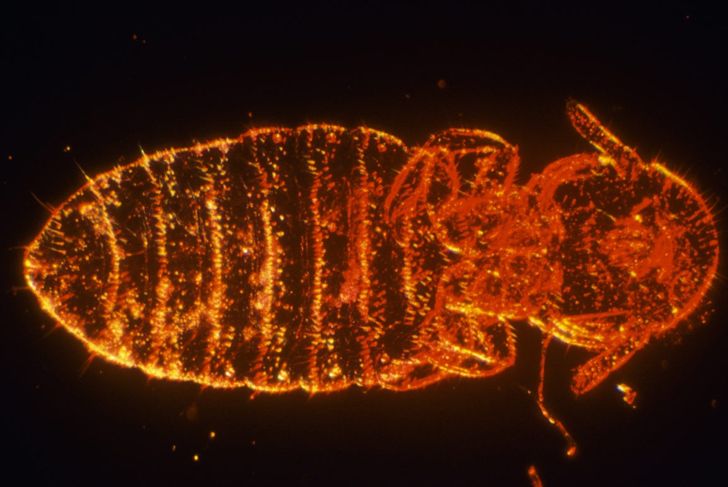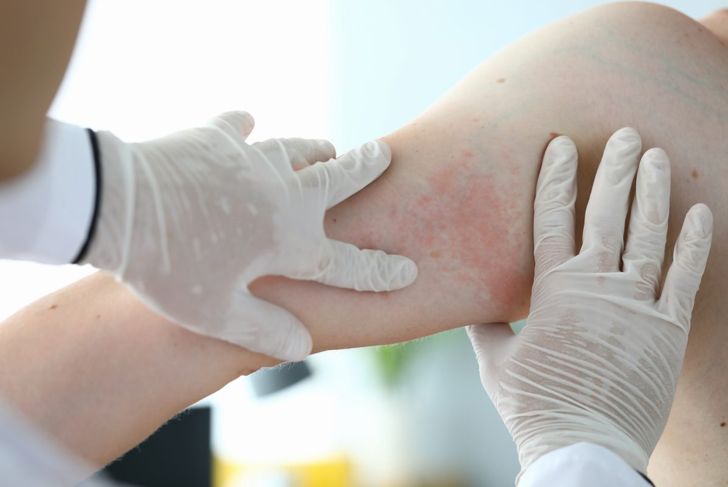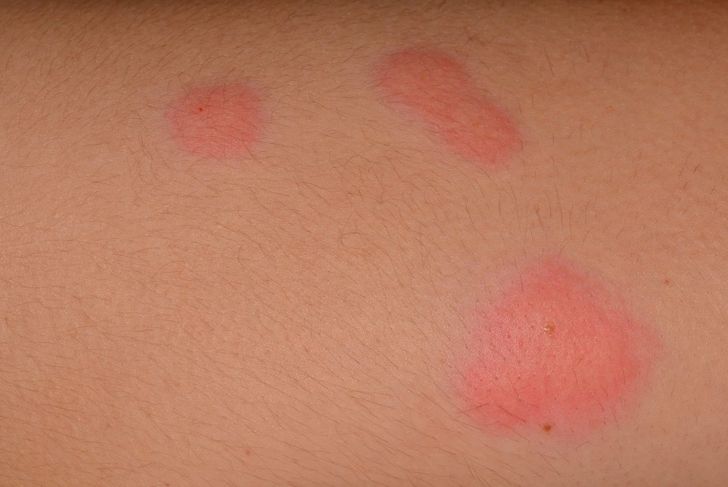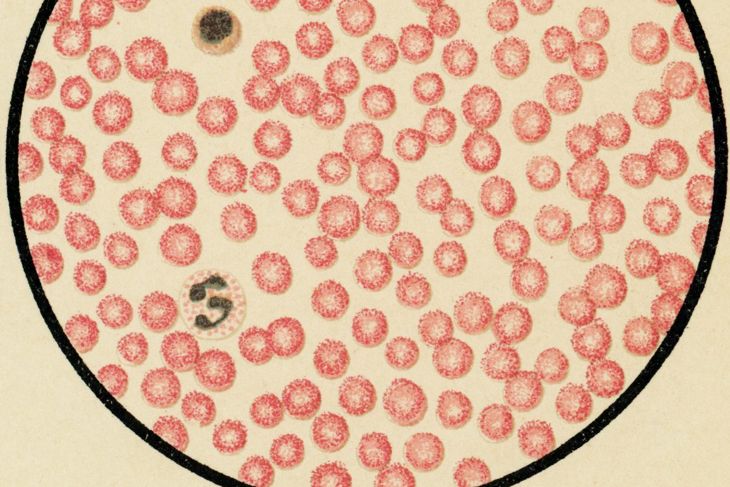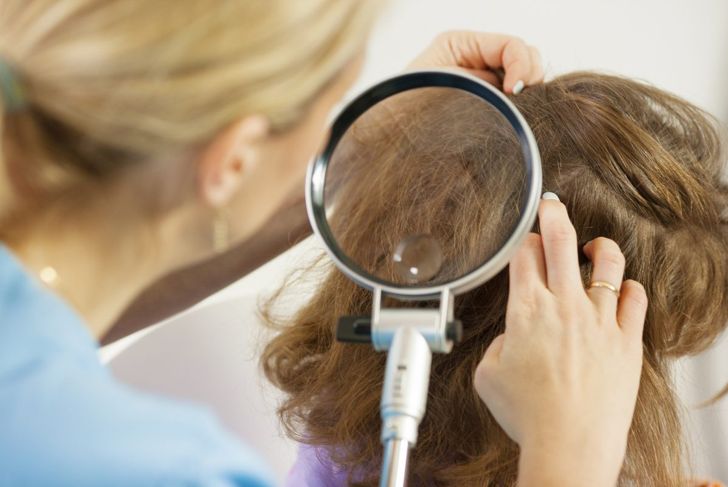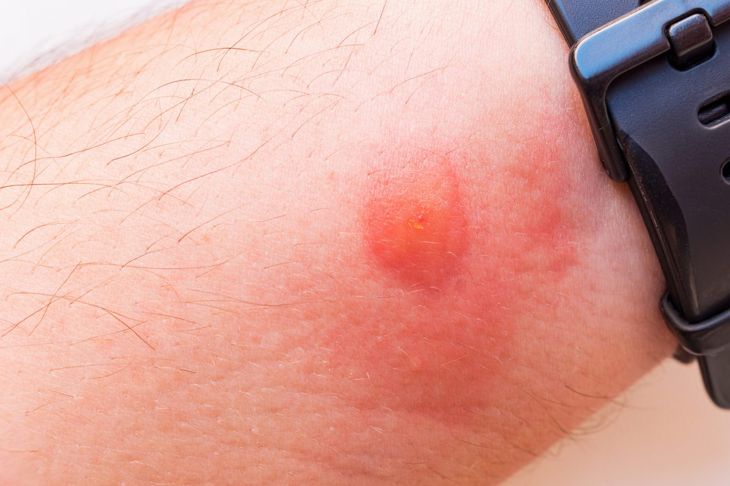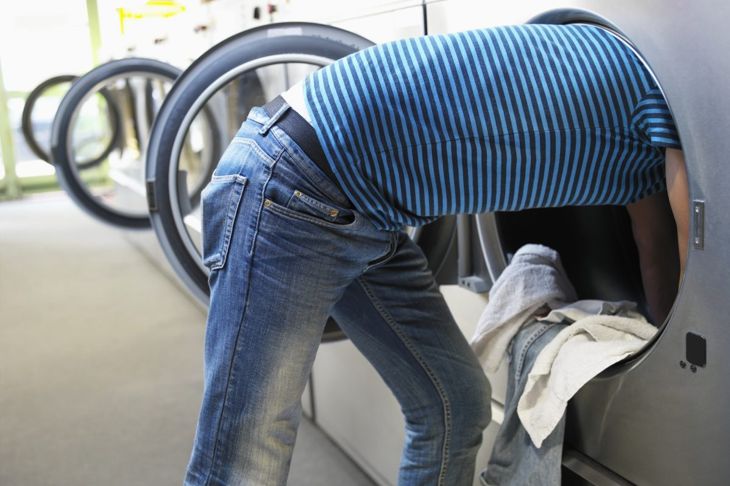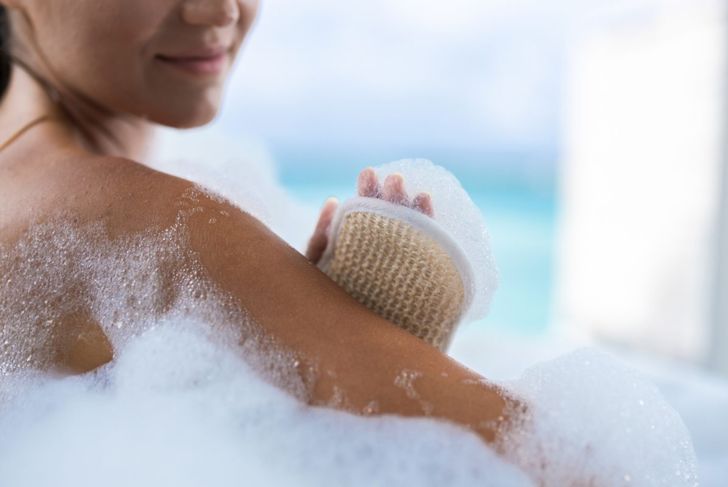Pediculosis corporis or body lice are one of three types of lice that feed on humans, along with head and pubic lice. Although closely related to head lice, body lice have distinct differences. The parasites are both treatable and preventable but can lead to complications and other illnesses if ignored.
What They Are
Body lice are ectoparasites that feed on human blood to survive. They do not burrow into the skin and they cannot hop or fly. Their bite pierces the skin and injects a salivary anticoagulant that enables them to suck the blood into their digestive tract. Instead of attaching their eggs to hair shafts as head lice do, body lice lay eggs in clothing seams, then move to the skin to feed. Body lice never attach to the scalp.
Conditions That Lead to Body Lice
People living in cramped, crowded conditions with poor sanitation are more likely to experience an infestation. However, body lice can infect anyone who does not have access to proper hygiene. Body lice prefer colder environments and cannot withstand high humidity levels. If the skin’s temperature levels increase, the lice move to areas of clothing further away from the skin.
Causes
Body lice spread strictly through direct human-to-human contact. Pets do not play a role in their transmission. If a person has body lice, they can infect others by sharing their clothing, bedding, linens, or towels. Those who do not have access to changes of clothes and regular bathing are at higher risk of infection.
Life Cycle
Adult body lice lay twice as many eggs as head lice, around 180 during their life cycle. The yellow or white oval-shaped eggs hatch within one to two weeks. These hatchling or nymphs begin sucking blood immediately, feeding every five hours. They mature into adults 10 days later. The tan or grey-colored adults have six legs and are about the size of a sesame seed. Without a host, body lice live from five to seven days at room temperature.
Symptoms
Body lice bites leave behind small, welt-like, reddened areas of skin with a pinpoint hole in the center. The bites can cause intense itching; however, scratching them can lead to a bacterial infection. Lice most frequently bite the shoulders, buttocks, and abdomen. Long-lasting infestations can cause a thickening and darkening of the skin.
Complications
Some people may experience an allergic reaction to body lice bites. Additionally, body lice can transmit bacterial diseases through the feces they excrete onto the skin during the bite. One possible disease is relapsing fever. Infected feces carries also trench fever and epidemic typhus. Body lice carry bacteria that cause typhoid fever, too, along with those that commonly lead to pneumonia and lower respiratory tract infections.
Diagnosis
Sometimes a diagnosis is as simple as seeing a louse crawling on the skin. However, doctors most often find body lice and eggs in the seams of an infected person’s clothing. The physician also looks for reddened areas on the skin, then determines whether the areas are due to a mite infestation, a viral eruption, or contact dermatitis. They will also check for evidence of co-infections, such as head lice, pubic lice, or fleas.
Treatment
Pediculicides are topical medications that treat severe cases of lice. In most cases, doctors do not prescribe them unless there is evidence of co-infections. Showering and laundering anything the infected person came into contact with usually eradicates the problem. If the individual develops pruritus —itchy skin — due to an allergic reaction to lice saliva, the physician may prescribe an antihistamine or topical corticosteroids.
Getting Rid of Body Lice in Clothing and Linens
Once the physician confirms a diagnosis of body lice, the infected person’s clothing, towels, and linens require immediate cleaning. This involves washing in hot water and using a machine dryer on high heat. If infested clothing is not washable, it must be placed in a sealed plastic bag for a minimum of two weeks to ensure the lice are no longer alive.
Prognosis and Prevention
Body lice spread through direct contact with an infected person, but quarantine is not necessary. Avoiding extended contact may prevent transmission. People who live in areas where infestations are common should frequently check their clothing for signs, bathe regularly, and change into laundered clothing at least once per week. Clothing, towels, and linens should be washed weekly.

 Home
Home Health
Health Diet & Nutrition
Diet & Nutrition Living Well
Living Well More
More